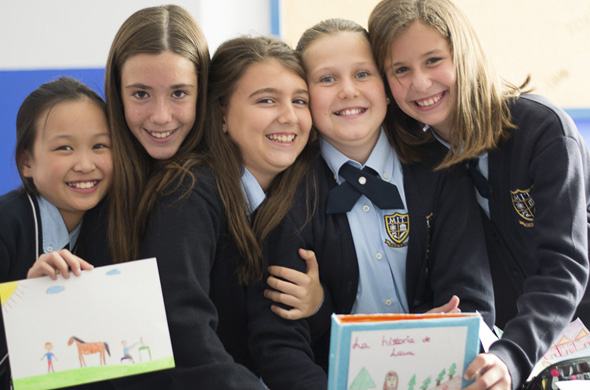Esta entrada también está disponible en: Spanish
Everything that does not come from nature is designed by someone, although we are rarely conscious about it. Imagine yourself in the supermarket: all packages have been created for a specific purpose. Some seem more organic, others are aimed at children, some others are clearly more elegant. Often, the price depends on the design, and the same product, with a fancier packaging, can be more expensive.
The same thing happens with a class work or with a resumé. It is not about the content being less important than the container, but it is the first thing we see, and it gives us an idea of the information we can expect, as well as about the effort and the level of professionalism it involves. In addition, in a society increasingly computerized and more and more dependent on the visual, it is common for an unskilled worker to encounter tasks such as creating a poster for a company event or to develop a report through slides.
Due to these novelties, we have changed from being passive consumers of design to (almost necessarily) being the design creators. And in tomorrow’s society (in nowadays society, actually) having knowledge and skills in this field will mean an important strength to stand out among the average. That’s why MIT School believes it is interesting for its students to receive basic training in this area, and has therefore implemented this year a Graphic Design Workshop. This extracurricular activity is taught by journalist and designer Marta Sader, creator of the cultural magazine Modernícolas, who bases her lessons on manuals such as Diseño Gráfico. Fundamentos (Anaya Multimedia), Do it yourself (Princeton Architectural Press) and A Kidd’s Guide to Graphic Design, written by the renowned designer Chip Kidd.
The workshop is aimed at students from 4th Primary to 2nd Bachillerato, and is divided among the three quarters of the course. In the first, students become familiar with the concept of design through their own creativity, crafting story books, album covers, business cards, ads, postcards, etc. They also use slides programs like Open Office Impress, and at the end of the quarter, they begin to use Photoshop.
During the second and third quarters, kids continue to create real elements (flyers, magazines, posters) implementing learned concepts and applying some new (proximity between elements, repetition, types of colors, font weight…). At the same time, they get more and more skilled with the software, develop their creativity and become accustomed to seek solutions to real problems that arise in the design process. This also makes them aware of the purpose of the images they receive daily, and help them become a little more critical and empowered citizens.

 English
English Español
Español 